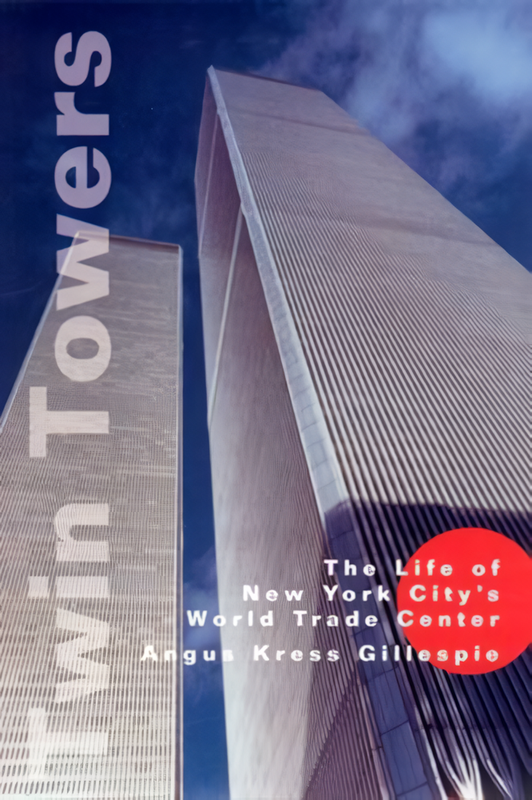For the trade center, Yamasaki worked through more than one hundred designs before hitting upon twin towers of 110 stories apiece. It was, perhaps fittingly, not from the au-thority’s engineering department, nor from Yamasaki himself, but from the public relations office that the idea emanated that the trade center should be the world’s tallest building. “Is that two buildings with fifty-five stories each?” Nelson asked the architect. “Oh no,” he replied. “One-hundred-ten stories apiece!” “My God!” the governor exclaimed. “These towers will make David’s building look like an out-house!”
Opposition lined up quickly. The neighborhood’s electronics retail merchants, “Radio Row” as they were called collectively, who stood to be (and were) uprooted, formed an organization and brought a lawsuit to halt the project. They were joined by nascent community activists—this was 1961, the publication year of Jane Jacobs’s The Death and Life of Great American Cities, a paean to small-scale, messy, organic urbanism. Mayor Robert Wagner and, later, Mayor John Lindsay both made noises of protest, but they just wanted to be sure that the buildings would not cheat the city too badly out of property taxes. The trade center never was on the city’s property tax rolls. Ultimately, the authority and the city reached a compromise whereby the authority paid the city an amount equivalent to the taxes that would be paid by a private developer on that portion of the center that was leased to private tenants, which, at the beginning, amounted to just 40 percent of the office space (Lindsay was planning a presidential run and hoping that the downtown interests would finance his campaign).
A citizens’ alliance, led in part by David N. Dinkins, later the city’s 106th mayor, tried to have the project moved uptown (the group eventually saw that it was fighting a losing battle and grudgingly settled for the Adam Clayton Powell State Office Building, built on West 125th Street). Brooklyn Congressman Emanuel Celler, who chaired the House Judiciary Committee, assumed the cause of the opposition and took the daring step of launching a congressional probe into the authority. Tobin was actually convicted of contempt of Congress in 1961, because he resolutely refused to answer Celler’s subpoena or hand over any of the agency’s books, but the conviction was overturned the next year, and the probe dropped. Midtown real estate men, especially Empire State Building owners Harry Helmsley and Lawrence Wein, fretful of the center’s effect on midtown commercial real estate values, formed a committee. But even the likes of Helmsley was nothing against the combined forces of Tobin and the Rockefellers—and, it might be added, The New York Times, whose word is typically the last one in such matters and whose editorial page, in 1961, gushed that “no project has ever been more promising for New York.”

